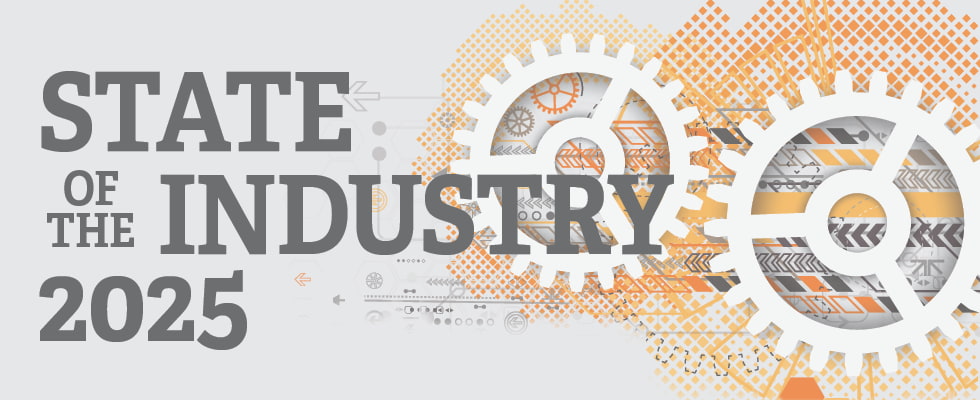

What key trends have emerged over the past year, and how are they shaping the market?
With increased integration with SCADA and remote control systems, there is a need to develop a stronger security posture to maintain safe, uninterrupted service to ensure compliance and public trust. Often this includes upgrading aging hardware, operating systems, and application software. Most likely this technology migration will need to be implemented in phases, starting with legacy pump control systems to later implementing a zero trust secure remote connectivity to plant assets. This combination of solution provides a granular way to grant secure access to operators, vendors and third party, providing complete visibility into who has access to which facilities, when, and why. We are going to start seeing Operations and IT collaborating to ensure security processes do not hamper operational efficiencies.
What upcoming technologies or innovations do you foresee having the most significant impact on the industry in the next five years?
Many municipalities today conduct daily operators visit to each lift station to identify abnormal pump behaviors. Advancement in pump control technology means that we can monitor and analyze pump performance and issue alarms when the pump profile has deviated from a normal operating range. This allows operators and maintenance staff to intervene long before any abnormal motor sounds is detected by the human ear. As municipalities continue to modernize lift stations and face skilled labor shortage, they will benefit from machine learning and artificial intelligence application to achieve tangible increases in efficiency.
How has the global supply chain affected your business in the past year?
Since pump failure can quickly escalate to sewage spills that affect the community, many municipalities resort to replacing critical components at the first sign of failure without fully diagnosing the root cause. During the global supply chain shortage, replacements were not readily available and caused municipalities to become more conscious about predictive maintenance feature and diagnostic functions. It lead to productive discussions around quality expectations and a willingness to consider other manufacturers. As a result, we had the opportunity to work hard at reinforcing the value we offer our existing customers and introduce ourselves to new ones seeking for change.
How have customer expectations changed in the past year, particularly regarding service, performance and sustainability?
We are seeing municipalities and pump manufacturers alike seeking to improve the value across the entire equipment service life. We are having conversations around the quality and reliability of critical components as an avenue to reduce service calls and improve performance despite operating in adverse conditions such as increased flows, pump clogging, and power interruptions. Some customers are upgrading aging or non-functional displays to a more robust one that helps operators diagnose and troubleshoot problems quickly. And lastly, they expect seamless integration of new pump solutions with existing equipment and SCADA systems already in use at the plant.
What’s on your mind/what are you most concerned about?
I am concerned about the aging lift stations that were designed to serve a smaller population and are now way beyond their expected service life. Municipalities are finding that pump stations do not have sufficient capacity to meet the future peak flow projections, and are conveying flow at a lower than expected rate. Municipalities need to conduct analysis to identify the cause of reduced pumping capacity and to investigate modernization options such as increasing impeller size and upgrading to larger capacity pump control and motors. There will need to be a careful evaluation of budget and funding sources for the work necessary make these improvements.

